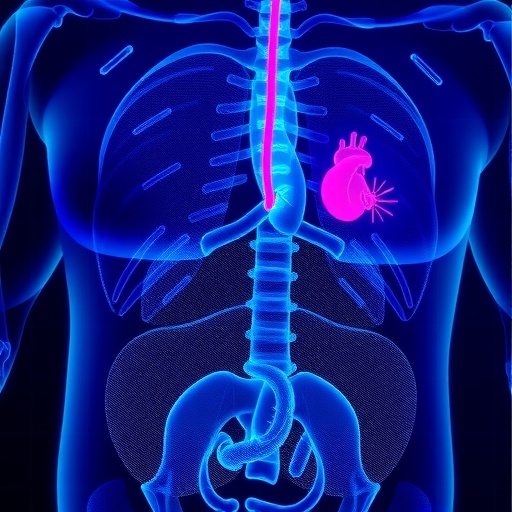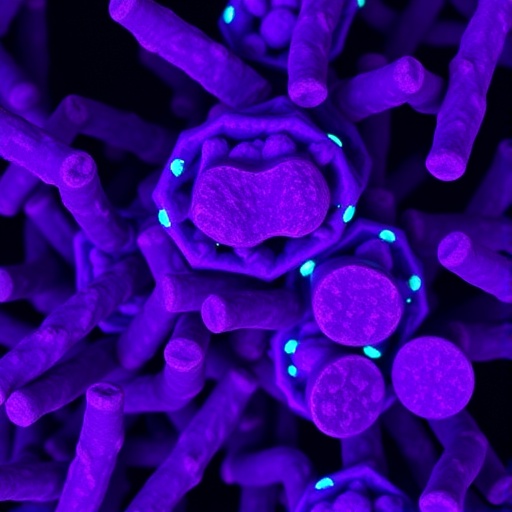A team from the University of Ottawa’s Faculty of Medicine has completed an exciting new study that reveals the inner workings of gene mutations that result in an ultra-rare syndrome with fewer than 100 reported cases since its first description in the early 1960s.

Credit: University of Ottawa
A team from the University of Ottawa’s Faculty of Medicine has completed an exciting new study that reveals the inner workings of gene mutations that result in an ultra-rare syndrome with fewer than 100 reported cases since its first description in the early 1960s.
The hard-won research discovery may accelerate the development of a treatment for Borjeson-Forssman-Lehmann Syndrome (BFLS), a neurodevelopmental disorder linked to the X chromosome that’s characterized by seizures, intellectual disability, and behavioural disturbances. Children born with this devastating disease typically also exhibit physical symptoms including distinctive facial features and growth defects such as tapered fingers.
Published in EMBO Reports, the rigorous study’s results could likely have broader impact, potentially brightening treatment prospects for other rare X-linked neurodevelopmental syndromes.
“The study of rare diseases of neurodevelopmental disorders and cognitive impairments advances our understanding of underlying mechanisms of disease pathogenesis and lays the foundation for the design of novel therapeutics,” says senior author Dr. Arezu Jahani-Asl, Canada Research Chair in Neurobiology of Disease, an associate professor in the Department of Cellular and Molecular Medicine and affiliate investigator at The Ottawa Hospital.
The project started by characterizing PHF6 gene regulation of the genome in the developing cortex of an embryonic mouse brain, according to Dr. Jahani-Asl, whose research program is centered on developing novel therapeutic strategies for devastating brain diseases. Employing computational approaches and multiomics, a biological analysis approach that provides nuanced data on how biological systems interact, they identified a panel of ephrin receptors as direct downstream targets.
First author Dilan Rasool, a visiting scholar at uOttawa who is a member of Dr. Jahani-Asl’s lab and a PhD candidate at McGill, says she used several different mouse models of the disease and established that they exhibited altered neural stem cells and progenitor populations, as well as deregulation of ephrin receptors, which are proteins involved in wide range of processes in developing human embryos.
The consequence of this phenomenon, according to Dr. Jahani-Asl, is that the “Eph-A” family of receptors are a viable transcriptional target of the PHF6 gene and may “represent a therapeutically exploitable target” for BFLS and other X-linked intellectual disability disorders (XLID).
“The goal is to translate these discoveries into practical applications that could benefit individuals affected by XLID and other cognitive disorders stemming from neural stem cell misregulation,” Dr. Jahani-Asl says.
The project’s reviewers praised the innovative, methodical work. One reviewer wrote: “The authors solve the molecular mechanisms of how Phf6 mutants cause neurogenic defects in BFLS. The discovery of Phf6-EphA regulatory pathway connects a rare disease to a conventional neurogenic molecule, which largely accelerates the development of BFLS treatment.”
The study was supported by funding from NSERC and CIHR. The team included international and national collaborators and uOttawa colleagues including Drs. Vahab Soleimani, Ruth Slack and David Picketts.
Journal
EMBO Reports
Method of Research
Experimental study
Subject of Research
Animals
Article Title
PHF6-mediated transcriptional control of NSC via Ephrin receptors is impaired in the intellectual disability syndrome BFLS
Article Publication Date
1-Mar-2024




